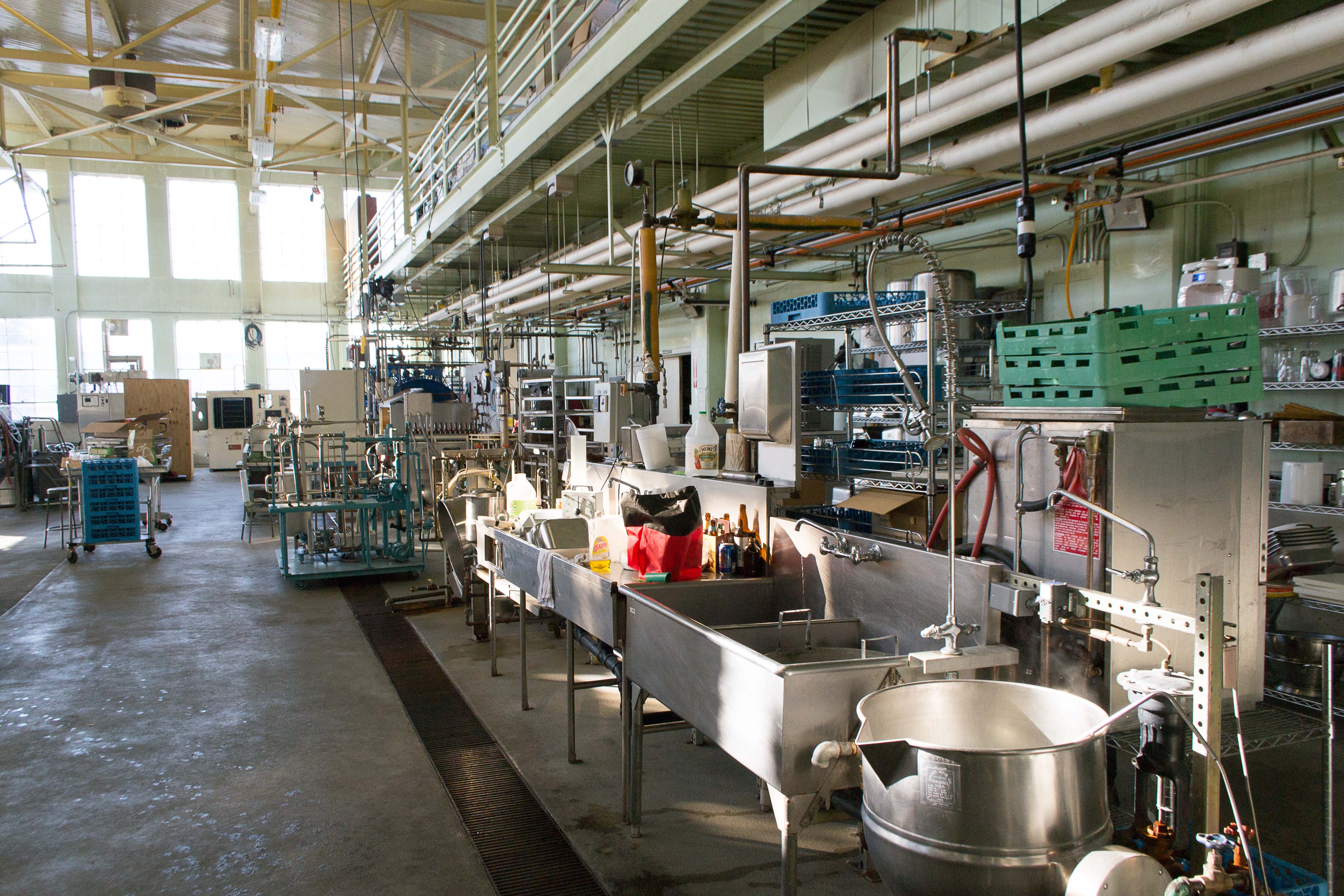
Photo from academic.microsoft.com
Consumption of fructose, the sweetest of all naturally occurring carbohydrates, has increased dramatically in the last 40 years and is today commonly used commercially in soft drinks, juice, and baked… Click to show full abstract
Consumption of fructose, the sweetest of all naturally occurring carbohydrates, has increased dramatically in the last 40 years and is today commonly used commercially in soft drinks, juice, and baked goods. These products comprise a large proportion of the modern diet, in particular in children, adolescents, and young adults. A large body of evidence associate consumption of fructose and other sugar-sweetened beverages with insulin resistance, intrahepatic lipid accumulation, and hypertriglyceridemia. In the long term, these risk factors may contribute to the development of type 2 diabetes and cardiovascular diseases. Fructose is absorbed in the small intestine and metabolized in the liver where it stimulates fructolysis, glycolysis, lipogenesis, and glucose production. This may result in hypertriglyceridemia and fatty liver. Therefore, understanding the mechanisms underlying intestinal and hepatic fructose metabolism is important. Here we review recent evidence linking excessive fructose consumption to health risk markers and development of components of the Metabolic Syndrome.
Journal Title: Nutrients
Year Published: 2019
Link to full text (if available)
Share on Social Media: Sign Up to like & get
recommendations!